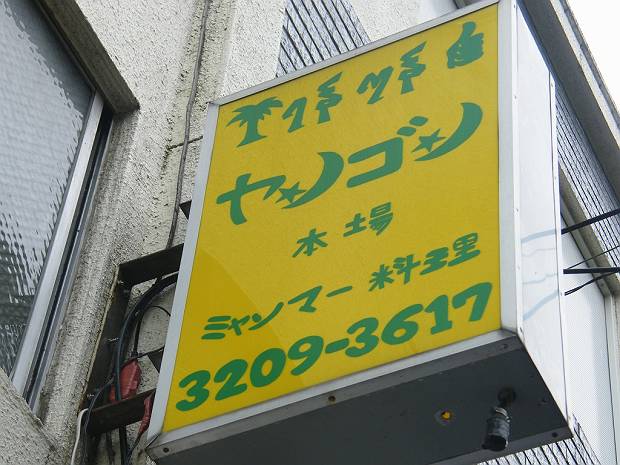
Activity Reports
【Shinjuku】 Multicultural and Disaster Prevention and Mitigation Discussion City Walk (Part 2)
February 3, 2013
See Part 1 of this article here.
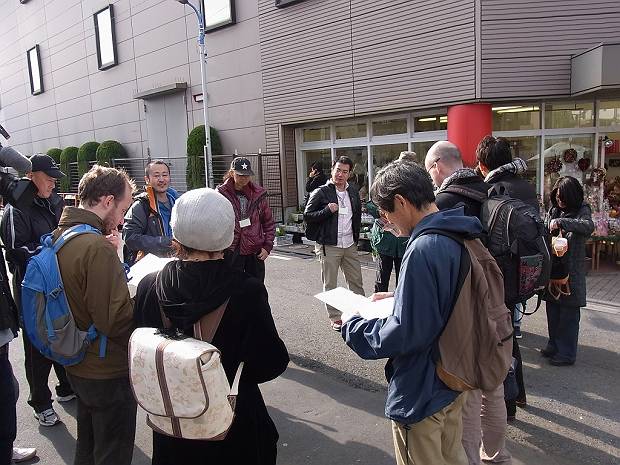
The second half of the city walk took place in the Takadanobaba area.

With several different train and subway lines connecting at Takadanobaba station, and due to its close proximity to Shinjuku Station, it is an intense and crowded place. Thus, support would be required for people facing difficulties returning home in the case of a disaster.
Waiting to meet the participants at the Peace Boat office in Takadanobaba was Mr Yamamoto Shigeyuki of the organisation KYOJYUKON, today’s city walk guide. Centered in the Okubo area, his work is related to multiculturalism and disaster prevention.
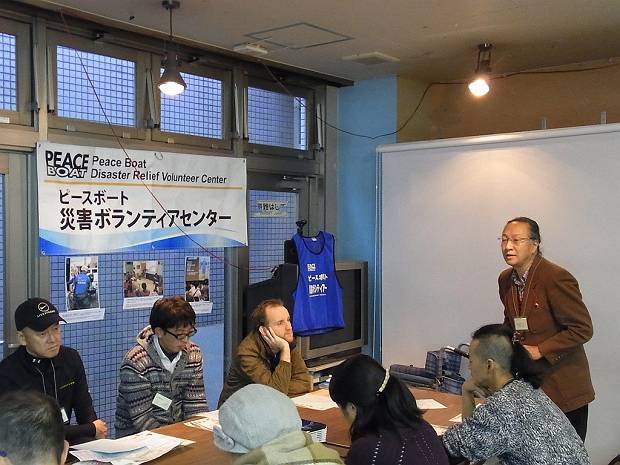
After receiving an overview, the participants confirmed their walking route, divided into two groups and began their walk.
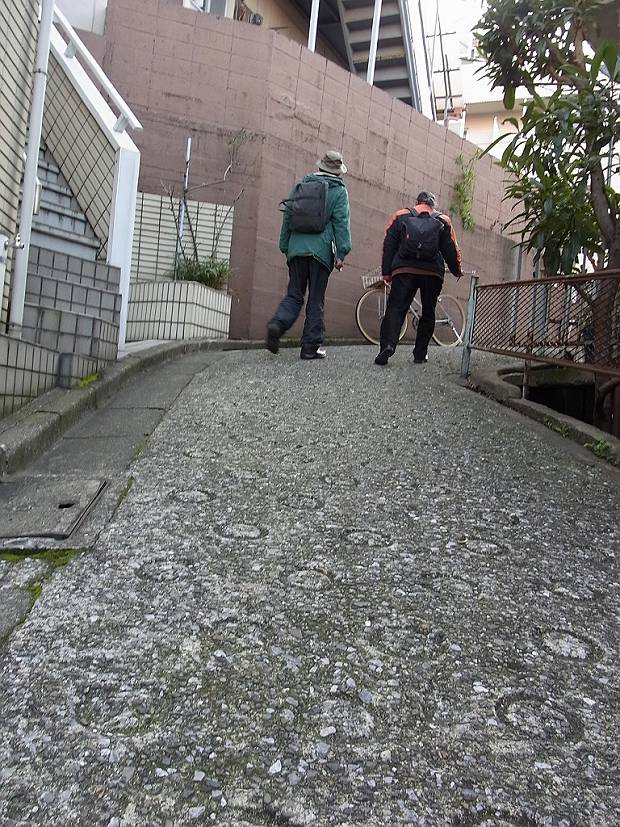
This area features of lot of hills – which may be difficult for elderly people during a disaster evacuation.
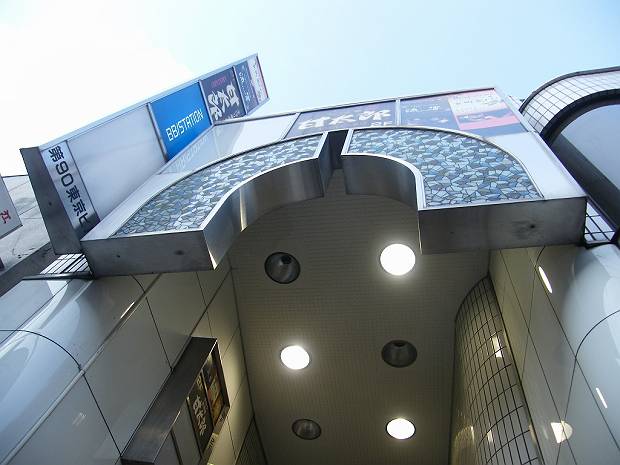
Participants found a sign that looked like it might fall in case of a large earthquake. It is also necessary to be careful of the many exterior air conditioner units on shops and businesses.

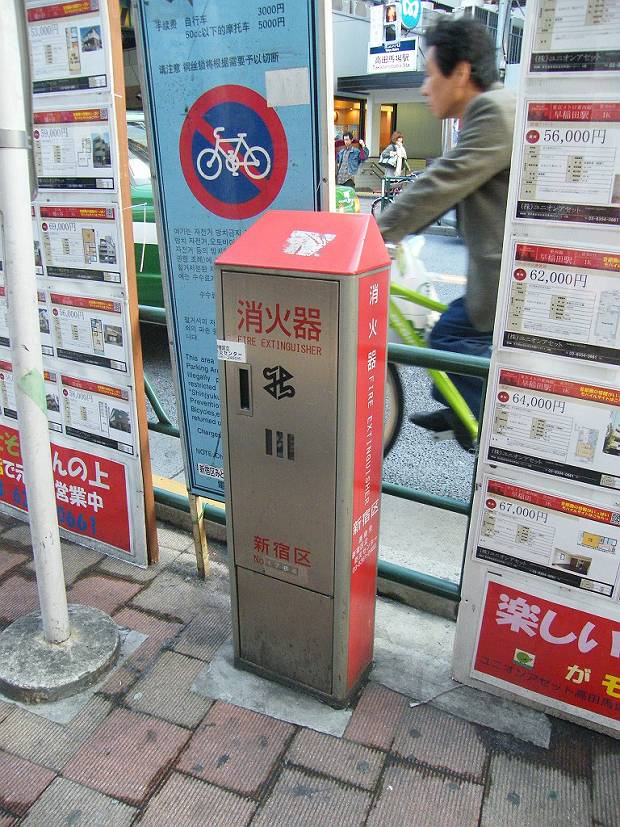
There are fire extinguishers and fire hydrants for disaster prevention. These are installed along major roads, however participants barely found any in alleyways – the most dangerous place in case of a fire.
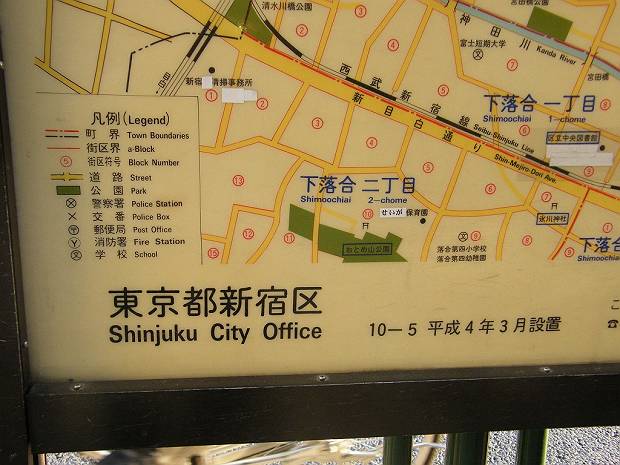
The most commonly found map of the area in the city, installed 20 years ago. It would be helpful in case of an emergency if evacuation centers were also identified on this map.

Takadanobaba is a very multicultural area, with stores and restaurants representing many countries. There has apparently been a particular increase in citizens from Burma/Myanmar recently.

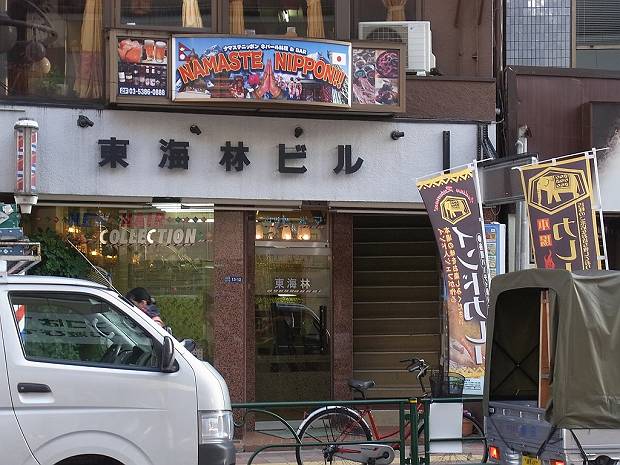
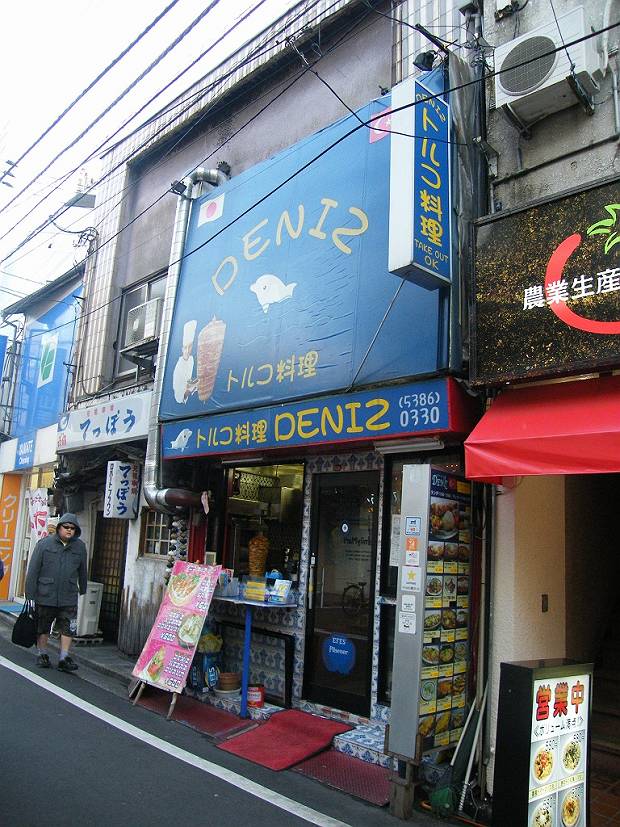
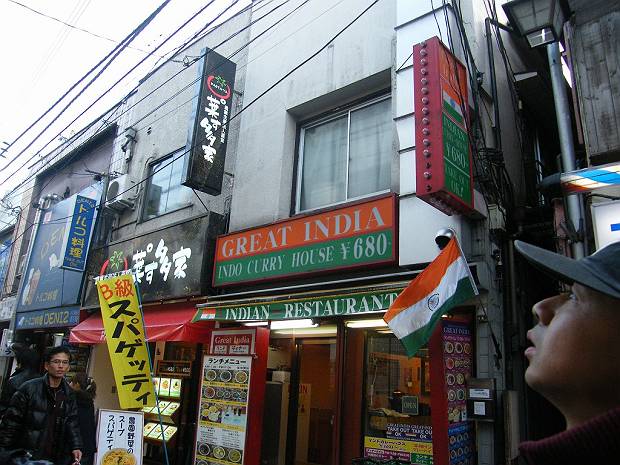
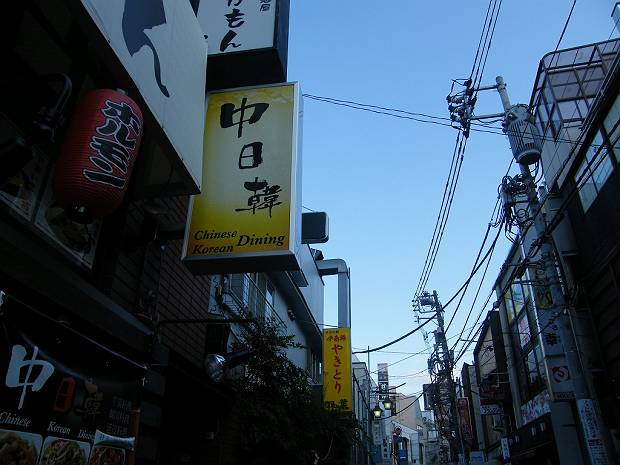
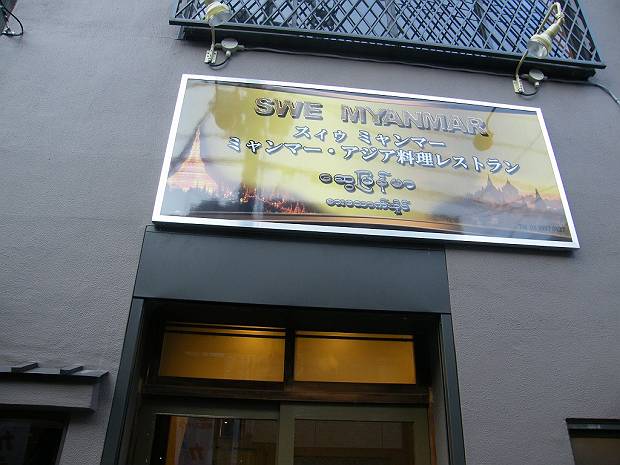
Official information from the Shinjuku Ward is available in four languages – Japanese, English, Chinese and Korean. In several places, we found signs in these four languages.
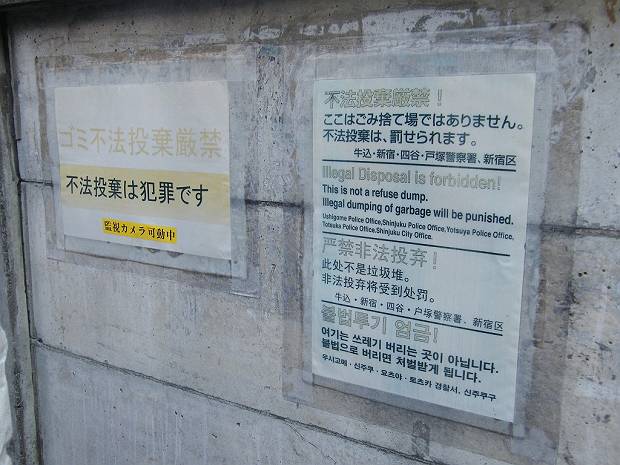
However, there are in fact citizens from 119 countries living in the Shinjuku Ward. In case of a disaster, it will be necessary to have good cooperation with volunteer interpreters and NGOs/NPOs which have a strong relationships with citizens of each country.
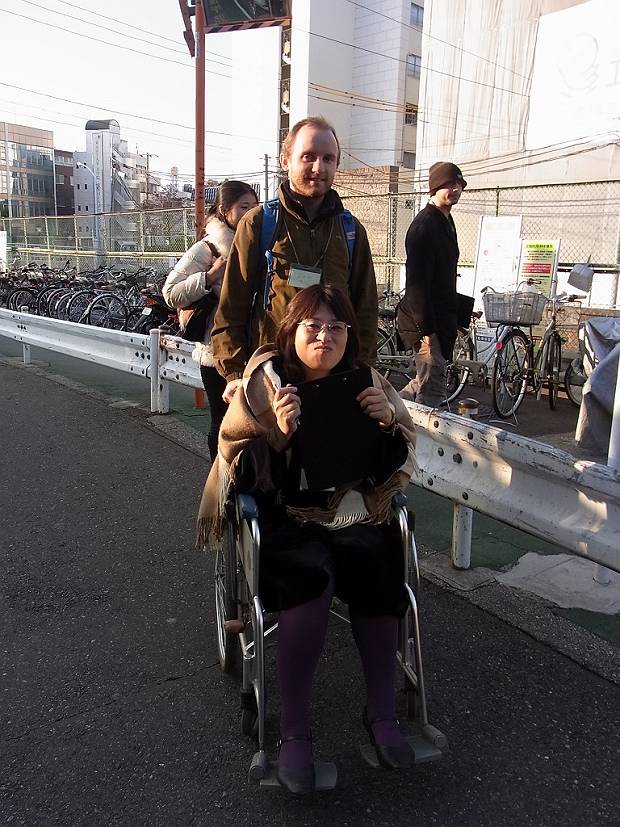
This programme also informed participants about the essential disaster support and preregistration support systems available, and gave participants an opportunity to use the wheelchairs which are available as part of this system. This experience showed participants how different the area and scenery can appear, and that mobility is made much more difficult with stairs and even just uneven pavements. Participants supported each other during this experience – reminding us how important it is to help one another like this should a disaster occur.
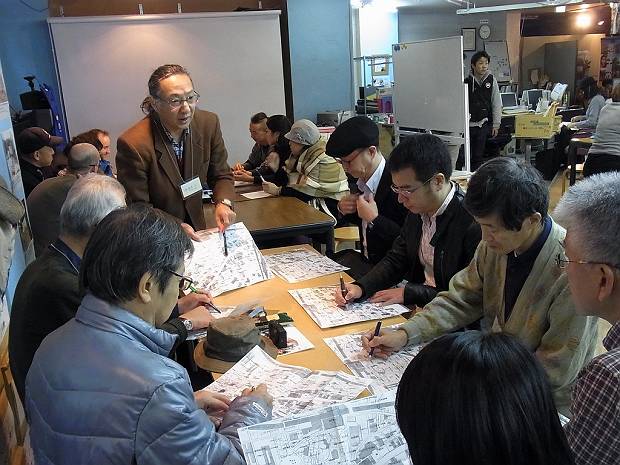
Normally about a 10 minute walk, the group spent about 45 minutes walking around carefully, keeping their eyes out for dangers. Upon return to the Peace Boat office, the group put together everything we noticed and shared the information. A deeper understanding was provided from Mr Yamamoto’s commentary, enabling participants to think about what they themselves can do.
An outcome of this was to recognise the importance of Shinjuku-based NGO/NPOs, the Social Welfare Council, local government and universities to cooperate at the scene in disaster assistance and to share awareness. Making “face-to-face connections” and working toward the same goal are lessons and encounters Peace Boat’s Disaster Volunteer Centre will continue to nurture in its training programmes.
P.S. As the group was in Takadanobaba, they enjoyed a meal together after the programme at a local Burmese restaurant – highly recommended!
